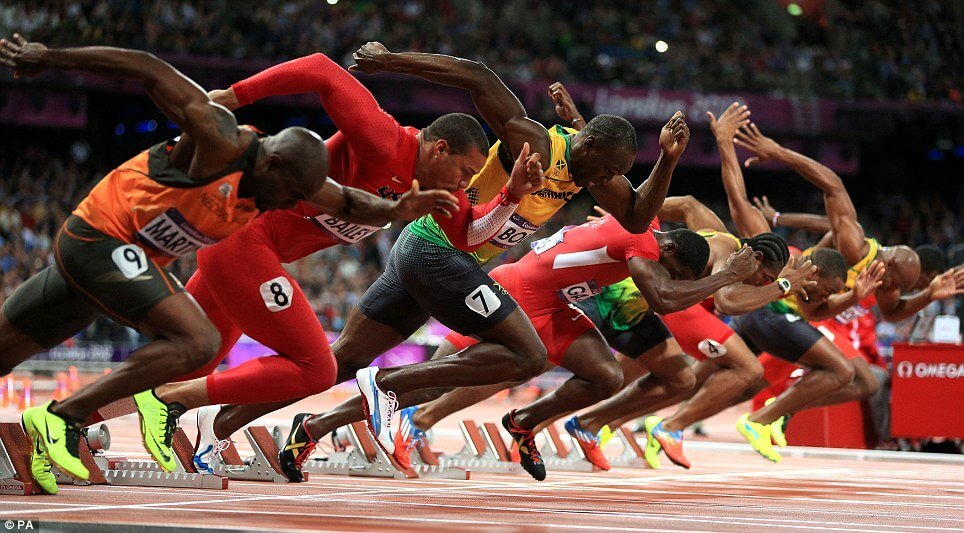Thought for the Week: We’ve all been dealt some pretty crappy groceries over the past month. How can we use these groceries to make a five star meal?
Finding Common Ground
Back at the ABCA in January, Vanderbilt head coach Tim Corbin spoke about the importance of staying centered. From winning national championships to experiencing the death of current players, Corbin’s groups have seen it all. They’ve been at the highest of highs and the lowest of lows as a program – but they’ve never lived in those moments for long. Emotions such as jubilation and devastation are a part of life, but they are not sustainable. In other words, no one can survive at the peaks or valleys of life; they must find a middle ground where they can navigate the emotional highs and lows of life.
This idea of staying centered could not be more applicable to player development. Andy McKay – Director of Player Development with the Seattle Mariners – spoke about this at the Bridge the Gap seminar saying how we tend to gravitate towards one end of the spectrum when it comes to training players. We’re either old school or new school, launch angle or swing down, self organization or internal cueing, and intent or slow is fast. Instead of seeing both sides of the argument, we tend to jump to one side of the teeter totter and plant our roots there. We become so sure of what we’re doing that we become blind to what’s on the other side.
One of Eugene’s biggest breakthroughs as a coach was when he stopped jumping to one end of the spectrum and decided to see both ends of it. Instead of just rolling with the new school trends of swinging up, throwing hard, and using external cueing, he decided to dive into the old school and see why cues like “swing down” or “be easy” worked for guys. This is how he came to the realization that everything works and everything sucks. When you boil it down, there is a time and place for everything in player development. It’s all about application.
If we spend all out time on one end of the spectrum, we lose the ability to influence players that need the other end of it.
If we gravitate towards one end of the spectrum, we lose feel for the importance of what’s on the other side of the spectrum. Some guys might need to think easy, other guys might need to think about throwing the piss out of it. Some players need to think to swing down, others might need to think the opposite. If we spend all out time on one end of the spectrum, we lose the ability to influence players that need the other end of it.
As coaches, we need to find common ground when it comes to player development. If you want to influence as many players as you can, you need to keep an open mind and see things from both sides. Instead of jumping on new trends and clinging to the latest research, let’s see things for what they are and try to stay centered.
Sprinting is … rotational?
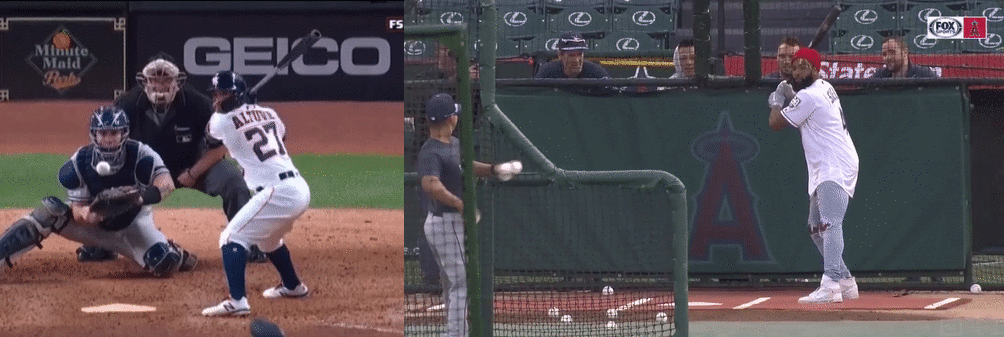
Pitching and hitting a baseball requires requires movement from multiple planes of motion – most notably the transverse plane which deals with rotation. Elite baseball athletes are really good in this plane of motion because they are training in it all the time. As a result, it should be no surprise when we see guys like Nelson Cruz and Mike Trout launch golf balls into orbit.Good rotation is good rotation.
However, it is a little different when we see someone like Odell Beckham Jr. – who has no recent or notable background in baseball – pick up a bat and launch baseballs in batting practice. As a wide receiver, you’re doing a lot of cutting, leaping, bounding, and sprinting – but not a lot of rotating. Since we know power is plane specific and is quick to go if it’s not trained, how in the world is OBJ able to barrel balls over 350 feet with little to no baseball training? How can he get really good at rotating without ever really needing it on the football field?
Well, he does train rotation – and he trains it A LOT.
To understand this, let’s go back to reciprocal movement. All human beings are pre-programmed for reciprocal cross-body movement. The easiest way to explain this is to think about how all humans walk. When we step forward with our left leg, our upper body counterrotates around our pelvis and moves the right arm forward. When the right leg goes forward, the upper body counterrotates and sends the left arm forward. This counterrotation creates optimal length-tension relationships that store potential energy which is used to create movement through assistance from the fascial system. The constant counterrotation of the torso around the pelvis is reciprocal cross-body movement. We also don’t just see it when we walk – we see it in all human movement.

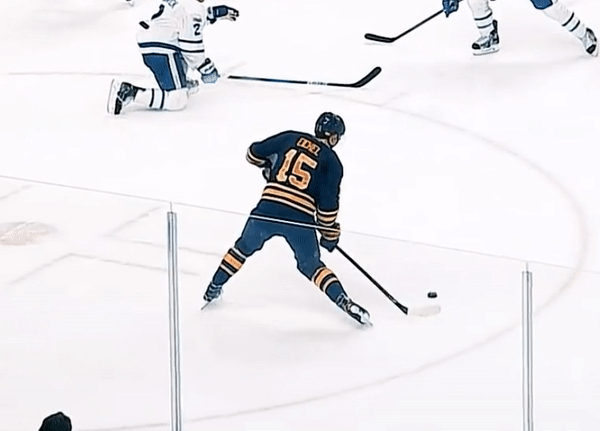
When our upper body works one way, our lower body anchors us down by moving reciprocally in the opposite direction. The lower half stabilizes and gives our upper half the ability to mobilize around it. This helps create efficiency, force, and direction required for human movement. If we want to rinse out a wash cloth, we can’t move both of our hands in the same direction. One hand needs to twist in one direction while the other counterrotates and twists in the other direction. Our upper half represents one hand and the lower half represents the other hand. To efficiently remove water from the wash cloth, both sides need to work in opposition of each other. This is exactly what our body does to create reciprocal cross-body movement.
If we look at baseball players, we are going to see reciprocal movement as they rotate to swing or throw. When the upper half mobilizes and works to get across the body to deliver the bat or ball, the pelvis anchors down and stabilizes. This move does not need to be taught – it’s already inside of us. Altuve and OBJ don’t both step closed and kick back by coincidence; we’re all pre-programmed for cross-body reciprocal movement. If anything, we coach most kids out of it. Don’t believe me? Check out how the lower half of an uncoached kid compares to one of the best hitters in the game.

It’s also not just a hitting thing, either.
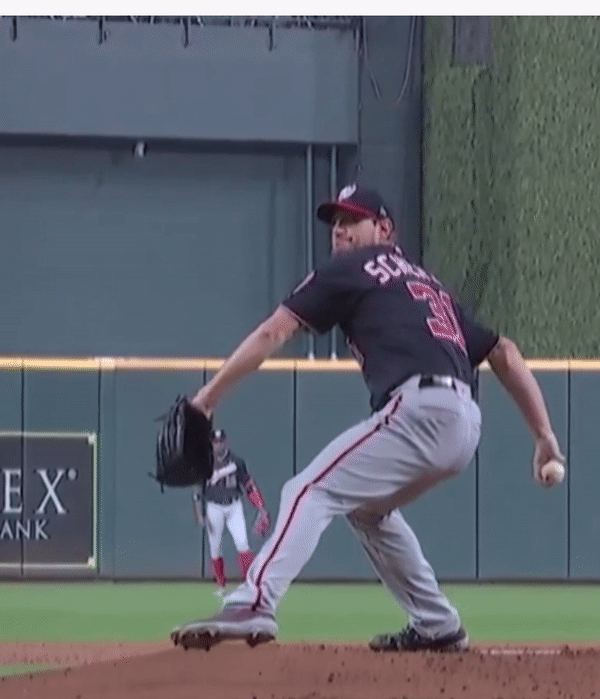
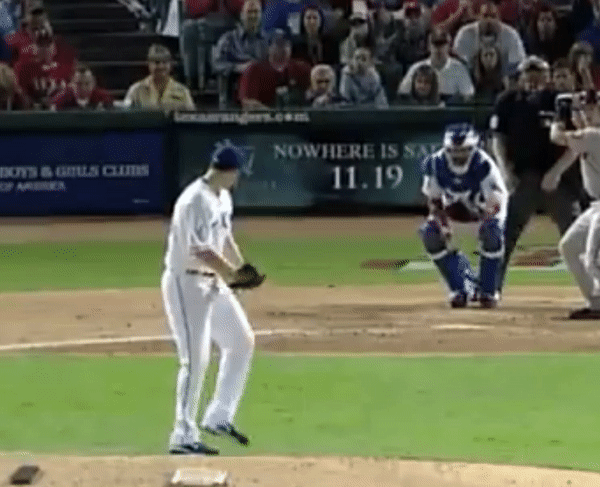
So since we have an understanding of what reciprocal movement is and the importance of it when it comes to rotation, let’s go back to sprinting. Just like walking, when we sprint our pelvis and torso are constantly counterrotating against each other with every stride we take. When the left leg drives forward, the pelvis rotates so the left side is slightly in front of the right side. The torso counterrotates by driving the right shoulder slightly in front of the left shoulder. In essence, both the trunk and pelvis must ROTATE around the spine and against each other to produce force, direction, and efficiency. This is exactly what happens throughout the course of a baseball swing or throw. When a hitter or pitcher makes their move out of balance, the torso slightly counterrotates against the pelvis as it moves forward to remove slack going into foot strike. After foot strike, the pelvis counterrotates against the torso as athletes work to get across their body.
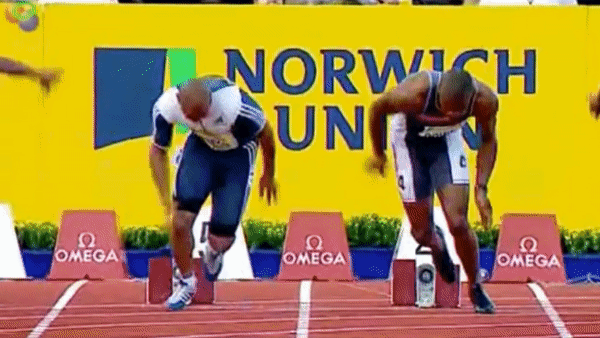
Sprinters might not look like they’re rotating, but when we break it down it becomes more and more clear they’re actually rotating in tight windows around their spine with every single stride. Without even thinking about it, OBJ become really good at rotating by sprinting. We just happened to see how good he was at it when he picked up a bat and took some cuts.
Training Videos
Will Marshall – Why Training Barefoot and Blindfolded works!
Troubleshooting Quarantine Training Problems – Throwing too far out in front
Eugene Bleecker – What does training with “intent” even mean?
Eugene Bleecker – The pitfalls of letting kids become their own best coach
If you’re interested in more training videos like the ones above, make sure to check out the 108 Membership page for training content, player GIFs, and more!

